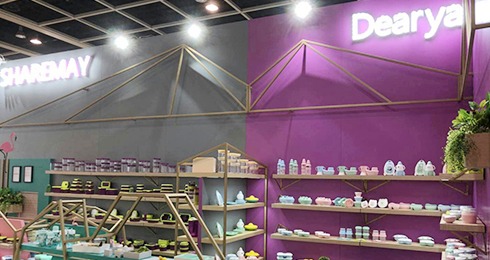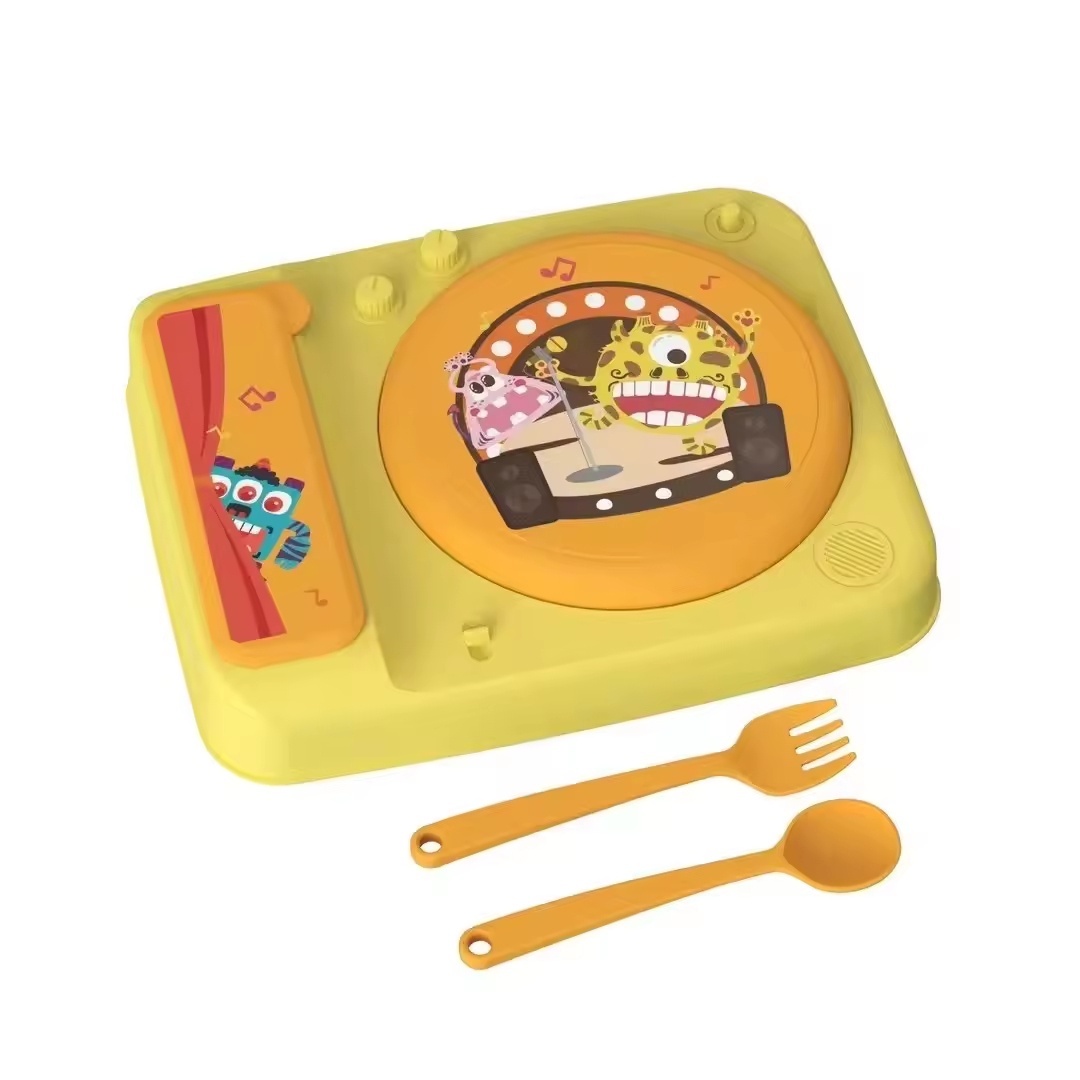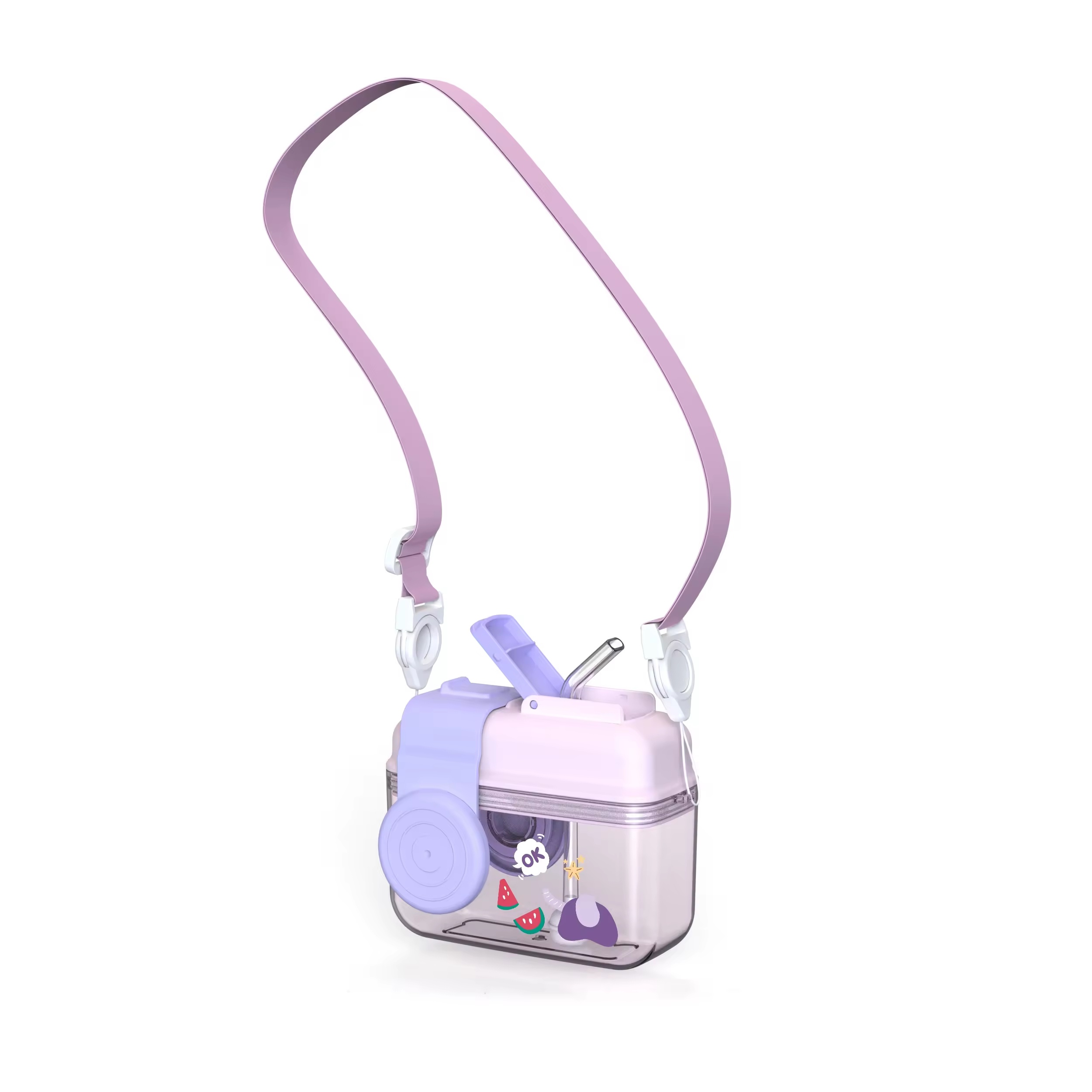Does lunch box material affect its lifespan?
When sourcing lunch boxes for your business, one of the key questions is often how long the product will last. As a B2B buyer, durability impacts not only your reputation but also the satisfaction of your customers. Let’s explore how different materials influence lifespan.
Yes, the material of a lunch box plays a significant role in its lifespan. Tritan[1], stainless steel[2], PP, and silicone all have unique properties that can either extend or shorten the durability of the product.
Understanding the material differences will help you make better sourcing decisions. In this article, we'll dive into how each material affects the lifespan of lunch boxes and what to expect during the product's lifecycle.
How long does a Tritan lunch box usually last?
When purchasing lunch boxes, one of the most common questions I receive from clients is about Tritan durability. Tritan is known for being a strong and lightweight material, but how long can it last before showing signs of wear?
Tritan lunch boxes typically last 2–4 years under regular use, depending on care and usage conditions.
What makes Tritan[^1] durable?
Tritan is a copolyester material, known for its resistance to heat, impact, and chemicals. It's often used in baby products, including feeding bottles, because it resists cracking or clouding over time. However, its lifespan depends on a few factors:
Tritan Material Durability Factors
| Factor | Impact on Durability |
| Heat Exposure | Can withstand high temperatures but may degrade faster if used in extreme heat conditions over time. |
| Impact Resistance | Strong against drops and impacts, especially from moderate heights. |
| Chemical Exposure | Resistant to chemicals and odors, making it a long-lasting choice for food storage. |
| Cleaning | Frequent washing in high-temperature dishwashers can weaken the material over time. |
How to extend Tritan lifespan?
To maximize Tritan’s lifespan, avoid exposing it to extreme temperatures and follow manufacturer guidelines for cleaning. Despite its durability, any repeated exposure to high-heat or abrasive cleaning methods can gradually degrade the material.
Is stainless steel[^2] more durable than plastic?
Stainless steel lunch boxes are often seen as the most durable option, but are they always the better choice over plastic materials?
Yes, stainless steel is generally more durable than plastic lunch boxes, particularly when it comes to resisting impacts, dents, and long-term wear.
Stainless Steel Durability
Stainless steel is highly resistant to rust, corrosion, and breakage. It doesn’t warp like plastic materials and retains its shape better over time. However, it is heavier than plastic, which could be a downside for some users.
Comparing Stainless Steel and Plastic
| Material | Durability | Weight | Price Range |
| Stainless Steel | Extremely durable, resistant to dents and rust. | Heavy | Higher |
| Plastic (PP, Tritan) | Moderate durability, may crack or warp over time. | Lightweight | Affordable |
Stainless steel is ideal for users who prioritize durability and longevity. However, it might not be suitable for all markets due to its higher price and weight.
What causes PP lunch boxes[^3] to degrade faster?
Polypropylene (PP) lunch boxes are common due to their affordability and lightweight properties. However, they may degrade faster than other materials like Tritan or stainless steel.
PP lunch boxes degrade faster due to repeated exposure to heat, UV light, and physical stress over time.
Factors Affecting PP Durability
PP is a type of plastic, and while it's durable, it's not immune to wear. Here's how various factors affect its lifespan:
| Factor | Effect on PP Durability |
| Heat Exposure | PP can warp or become brittle when exposed to high heat for long periods. |
| UV Exposure | Direct sunlight causes PP to lose color and weaken, especially in outdoor settings. |
| Physical Stress | Repeated flexing or dropping may cause cracks or breaks in PP lunch boxes[^3]. |
In general, PP lunch boxes will last 1–2 years before showing signs of degradation, particularly if they are frequently microwaved or washed in high-temperature dishwashers.
Are silicone components prone to damage over time?
Silicone is often used in lunch box lids or sealing components due to its flexibility and resistance to extreme temperatures. But how does silicone hold up over time?
Silicone components are generally resistant to damage over time, but they may degrade if exposed to constant heat or physical stress.
Silicone Durability
Silicone is highly flexible, resistant to high and low temperatures, and doesn’t retain odors. However, it's not immune to wear and tear. Here's why silicone components might degrade:
| Factor | Effect on Silicone Durability |
| Heat Exposure | Silicone can withstand heat up to 250°C (482°F), but prolonged exposure can cause it to stiffen or crack. |
| Physical Stress | Frequent bending or twisting of silicone lids can cause tears or rips over time. |
| UV Exposure | Like most materials, prolonged exposure to UV light can cause silicone to lose its flexibility. |
Silicone components last around 2–3 years under normal use. If they're used to seal the lunch box, they’ll likely outlast plastic or PP lids, but they may need occasional replacement due to wear.
Conclusion
Material choice plays a critical role in the lifespan of lunch boxes. Tritan, stainless steel, PP, and silicone each offer unique benefits and limitations, but understanding these can help you make informed decisions about the best options for your business.
[^1]: Explore this link to understand the durability and care tips for Tritan lunch boxes, ensuring you make informed purchasing decisions.
[^2]: Discover why stainless steel is often considered the most durable option for lunch boxes, perfect for long-term use.
[^3]: Learn about the factors affecting the lifespan of PP lunch boxes and how to choose the best materials for your needs.
 Managing Your Baby Feeding Tableware Supply Chain from China: How to Ensure Smooth Operations?
Managing Your Baby Feeding Tableware Supply Chain from China: How to Ensure Smooth Operations?
 Negotiating Costs for Baby Plates & Cutlery with Chinese Suppliers: How Can You Get the Best Deal?
Negotiating Costs for Baby Plates & Cutlery with Chinese Suppliers: How Can You Get the Best Deal?
 Importing FDA-Grade PP & Tritan Kids Cups from China?
Importing FDA-Grade PP & Tritan Kids Cups from China?
 What Design Features Make an IP-Themed Bowl Safe for Infants?
What Design Features Make an IP-Themed Bowl Safe for Infants?
